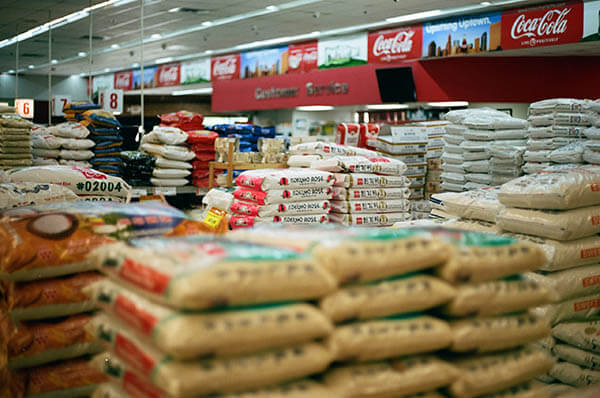Multicultural branding for global brands
Whenever you enter a fast-food chain restaurant anywhere in the world, the first impression you get is a strong presence of the host country’s culture. These global brands have marketing and promotions departments working around the clock to cater to multicultural markets’ needs. They always focus on multicultural branding. These strategies can take the form of local menu items or more authentic interior design. This type of branding is all about creating a shared value system with the nations where multinational companies operate. This article looks into the different techniques of Multicultural branding and its impacts.
Local Festivals
The best way to go about is to keep bringing up the local festivals. McDonald’s example will remain persistent throughout this article. McDonald’s UK has exclusive deals and offers when Christmas is around, or when the football season is in the air. The happy meal toys, local menus, and even the uniform of staff change according to festivals.
Local Culture
Similarly, all multinational companies adapt to connect with the local culture. Why would they go through all the trouble? It is because they could not afford to be alienated from the competition. The customer base needs to connect with a company to increase its sales. Global brands are always trying to invade new markets, which is made possible thanks to the multicultural branding. McDonald’s in Pakistan would change the uniform to the traditional dress of Shalwar Qameez in the Eid season. The effort to connect with the local culture pays off well for the global brands to retain the customers.
General Acceptability
The multinational brands must be accepted by the native people of a country where they operate. The multicultural branding raises the acceptability level among the masses. McDonald’s fast-food restaurant in India does not promote beef products, as it does not fit the Indian culture. Alternatively, when operating in Egypt, all doors, display areas, and packaging will be highlighted with the word Halal. It is an acceptable form of meat in the country. Global brands need to make themselves generally acceptable by the population to enhance their market share.
Care for the Community
Global brands are always working towards empowering the youth, local community, or even minorities. They usually run charities within the selected country. They also include words of the local language in their marketing campaigns. These are all efforts to show that the brand is supportive to the residents of the territory. When the global corporates engage with the community, it does not make them a foreigner anymore but a compassionate entity. McDonald’s Corporation sponsors local sports events and leagues to stand alongside the city. They also run educational charities, empowering the disabled, or endowing youth. The care for the community builds customer loyalty, which is excellent for business.
To conclude, Multinational branding is a doorway used by global companies to penetrate new markets and open new business horizons.








